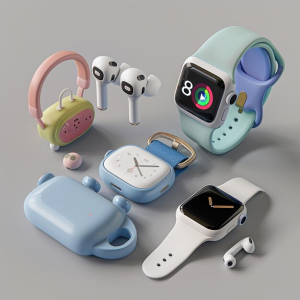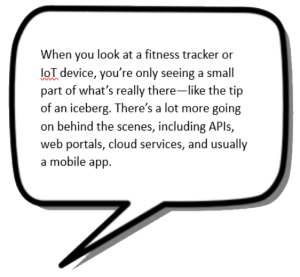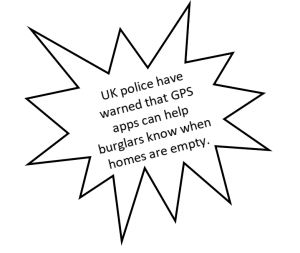Last updated on October 21, 2024

MarketsandMarkets predicts the wearables market will hit $265.4 billion by 2026, driven by big names like Sony, Apple, and Samsung.
But how safe are these gadgets?
Wearables are just a small part of the Internet of Things (IoT), which is a complex network of smart devices, phones, and apps all working together in a digital world.
Here are some examples for wearables: Fitness Trackers, Smartwatches, Health Monitors, Smart Glasses, VR Headsets, Wearable Cameras, Smart Clothing, Sleep Trackers, Hearing Aids and Smart Jewelry.
Wearing Your Sensitive Data
Wearables can collect and save different kinds of personal data, like health info, location, payment details, and biometric data. This information can help users and third parties, like fitness trainers, insurance companies, and marketers, gain useful insights.
BUT

Cybercriminals are always on the watch out.
Cybercriminals are always looking for weak spots to attack. They can steal important user information by physically taking devices, interrupting wireless signals, breaking into cloud storage, and using other hacking methods.
The Risk of Wearables
 Wearable Health Data
Wearable Health Data
- Can reveal sensitive medical and lifestyle information.
- The risks include blackmail, discrimination, and identity theft.
Payment Data Risks
- Stored payment information can lead to unauthorized transactions if not secured.
- Device Security: Loss or theft of wearables without PIN or biometrics increases vulnerability.
- Smartphone Threats: Wearables connected to smartphones create additional fraud risks, including the hijacking of smartphones.
- Growing Threat: Trojans on mobile devices are a rapidly increasing security concern.
Let’s Protect Our Wearables with the Latest Tech

- Use Biometric Verification: Enable fingerprint or heartbeat verification for added security.
- Combine Security Methods: Use biometrics along with passwords or PINs for better protection.
- Encrypt Data: Make sure your biometric data is encrypted and stored locally on your device.
- Control Data Sharing: Only share your data with trusted apps and services.
- Stay Aware of Data Types: Know what personal data your device collects and how it’s shared.
- Enable Multi-Factor Authentication: Use multiple ways to verify your identity for extra security.
- Be Cautious with Wi-Fi: Avoid using public or unsecured Wi-Fi networks when syncing data.
- Read Privacy Policies: Understand how your data is used and look for options to opt out of unnecessary sharing.
- Customize Data Permissions: Adjust your settings to control what data your device can access, like location or health information.
- Stay Informed: Learn about potential risks and security features of your wearable devices.
Reference:
https://www.darkreading.com/vulnerabilities-threats/how-safe-is-your-wearable-device

